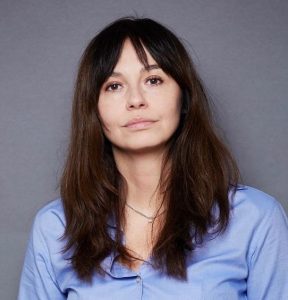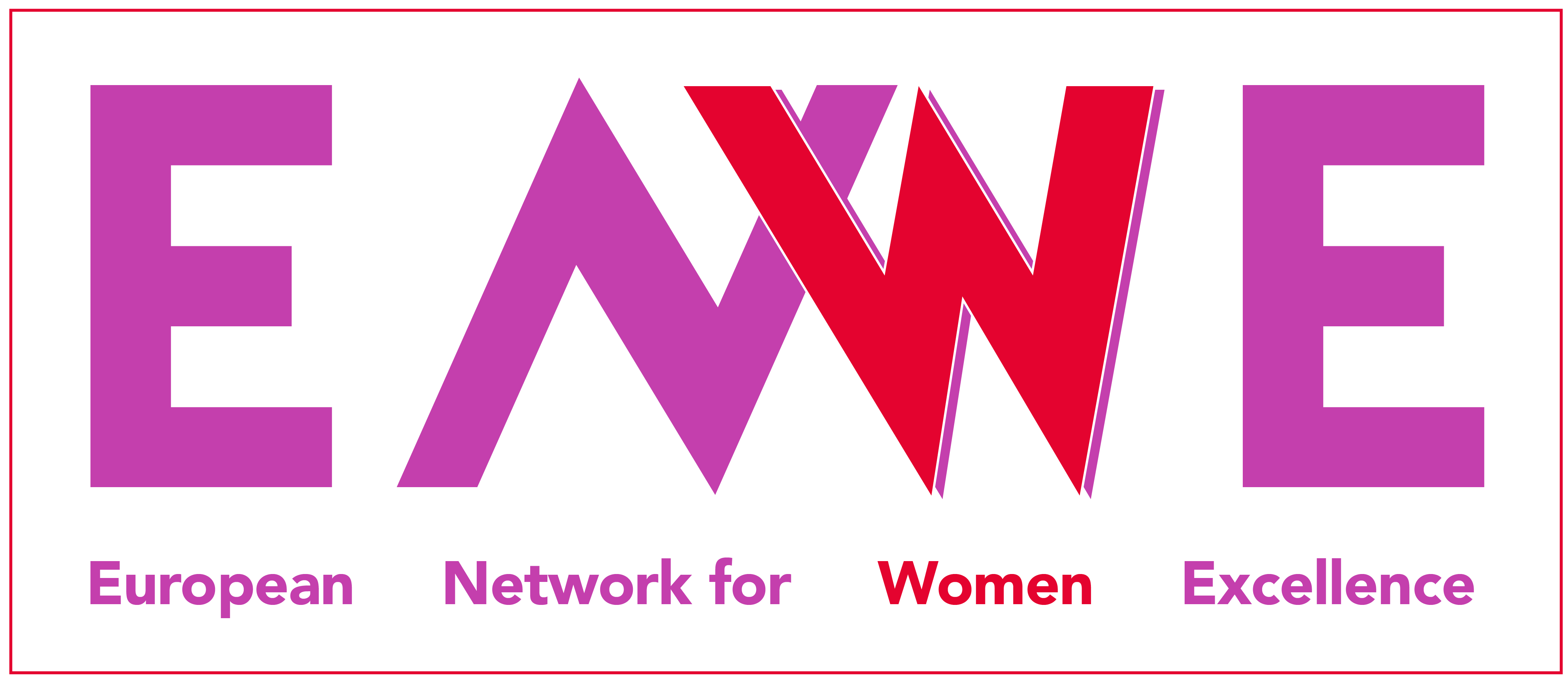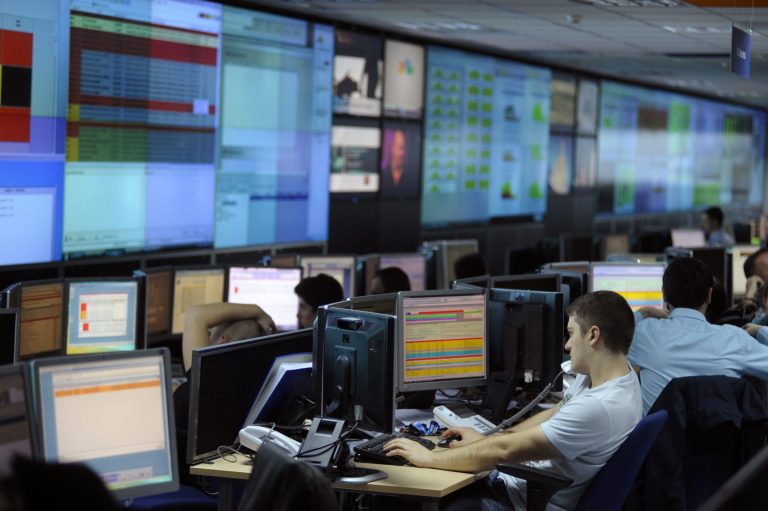Exploring the Consequences of the Double Standard
A Look into Gender Inequality in Work and Science by Expert Camilla Gaiaschi.

On this International Day of Women and Girls in Science, ENWE – European Network for Women Excellence is honored to present a chapter from Camilla Gaiaschi’s latest book, “Doppio Standard [Double Standard],” sharing the insights gained from eight years of research on the challenges faced by women in the workplace, science, and research. You can find the translated chapter linked at the end of the following introduction.
By Camilla Gaiaschi
What does ‘double standard’ mean? The term refers to when different evaluation criteria are applied to individuals who are in similar circumstances or have the same characteristics. From a gender perspective, the double standard is a stricter set of standards used to evaluate women in the workplace, which means that women who succeed are on average more skilled and qualified than their male colleagues. In a nutshell, women’s excellence is essential for their survival while mediocrity is a luxury they cannot afford.
The existence of a double standard is one of the many conclusions reached by this book that brings together eight years of field research. The book also highlights “gender-equality paradoxes.” European data show that countries with high female employment rates also have high part-time rates for women, high occupational segregation, which is when women are concentrated in highly feminized (and therefore less prestigious and remunerated) occupations and professions, and an overall small number of women in leadership positions.
Women’s excellence is essential for their survival
while mediocrity is a luxury they cannot afford.
This is the case, for example, in the countries of the “conservative” cluster (Germany, Austria, Switzerland, the Netherlands), but also – only when it comes to occupational segregation – in some Scandinavian countries.
And there is more: comparative data tell us that in liberal democracies girls are less likely to be drawn to math and science than in countries with low gender equality. For example, Italy has low female employment rates but high female participation in science and research. Women graduates make up 72% of the total in biological sciences, 52% in mathematics, and 43% in physics, and Italy has more female engineering graduates than the Netherlands and France, and more women full professors than Germany and Belgium. Italy outperforms, albeit by a small margin, the European average in terms of women in R&D. In general, Mediterranean countries (led by Portugal) rank just after Eastern European countries in terms of the number of women in science and research.
There is no definite answer as to why this is the case, but literature has attempted to find reasons. Eastern bloc countries have seen an increase in female researchers and scientists due to men moving to more profitable sectors (such as business and finance), while in countries with inefficient labor markets, high youth unemployment rates, and weak welfare systems – as is the case in many Mediterranean countries – girls are encouraged to study STEM subjects because they offer better employment opportunities.
If gender equality is reduced to promoting women
in the labor market, it risks losing “quality.”
Nevertheless, far from defending the Italian model, gender-equality paradoxes highlight not only the conditions behind gender equality but also its “price.” If gender equality is reduced to promoting women in the labor market, it risks losing “quality.” Gender equality is like a short blanket; where it gains in one area, it loses in another. It is important to examine not only female employment, but also the opportunities it provides, such as career progression and pay.

Camilla Gaiaschi is a Sociologist a the University of Lausanne and a renowned expert in gender and equality .
You can read an excerpt from her latest book “Doppio Standard [Double Standard]” below:






